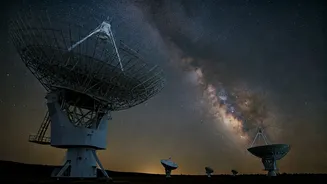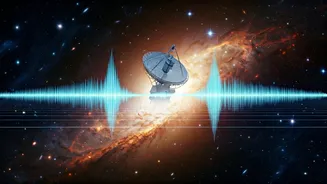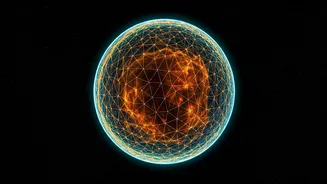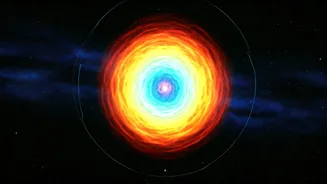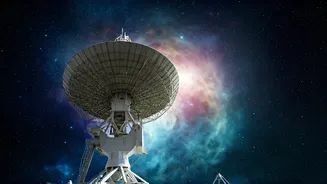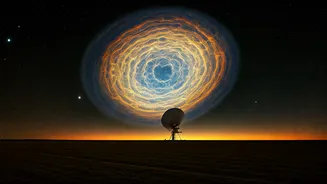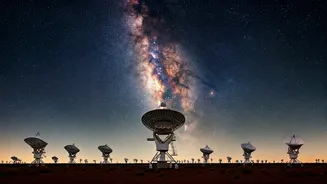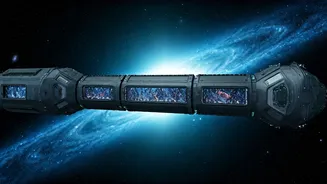Mapping Cosmic Origins
The Murchison Widefield Array (MWA) is the instrument behind the creation of the most detailed radio map of the early universe. This project is a collaborative
effort involving researchers from multiple institutions. Located in Western Australia, the MWA is uniquely positioned to capture faint radio signals emanating from the early universe. The MWA works by detecting radio waves, which are then processed and analyzed to create a comprehensive map. These radio waves provide a different perspective of the universe than visible light. The MWA’s ability to detect these waves has allowed scientists to uncover insights into the cosmic dawn. The project’s success reflects both advancements in radio astronomy and the commitment of the scientists involved.
Unveiling Early Cosmos
The newly created radio map allows scientists to see the universe as it existed in its infancy. This capability is made possible by the MWA’s sensitivity to radio waves, which penetrate the vast distances of space. Researchers can now observe events dating back billions of years. Key among the discoveries are the distribution of early galaxies and the evolution of the first stars. These findings significantly improve scientists' comprehension of how the cosmos was structured and how it evolved. Analyzing the radio waves assists in tracing the signals back to their source, providing crucial information about the distribution of matter and energy. This is a monumental achievement in astronomy, aiding in the unravelling of the cosmos's deepest secrets.
MWA's Instrumental Role
The MWA's unique features contribute significantly to its success in mapping the early universe. The array uses thousands of antennas, spread over a wide area, which enhances its sensitivity and resolution. This particular design lets it capture the faint and extended signals of the early cosmos. The MWA also operates at low radio frequencies, enabling it to detect signals that would be invisible to other instruments. This array's location in Western Australia is also of crucial importance, as it has minimal radio interference, ensuring the cleanest possible data. The MWA’s ability to combine data from numerous antennas into a single image is a technological marvel. The dedication of the scientists and the array's strategic placement are key to its success in the exploration of the early universe.
Future Research Prospects
The creation of this radio map opens up many avenues for future research in astrophysics. The data collected by the MWA provides a foundation for detailed studies of cosmic events, such as the formation of the first stars and galaxies. Scientists plan to use this data to refine their models of the early universe and to test theories about the origins of cosmic structures. The insights gained from the radio map can also lead to new explorations into the nature of dark matter and dark energy, the mysteries of which have perplexed the scientific community for decades. Researchers are now developing the next generation of radio telescopes. These advances promise to offer even more detailed observations of the universe's early history and provide a more comprehensive understanding of its complexity.
